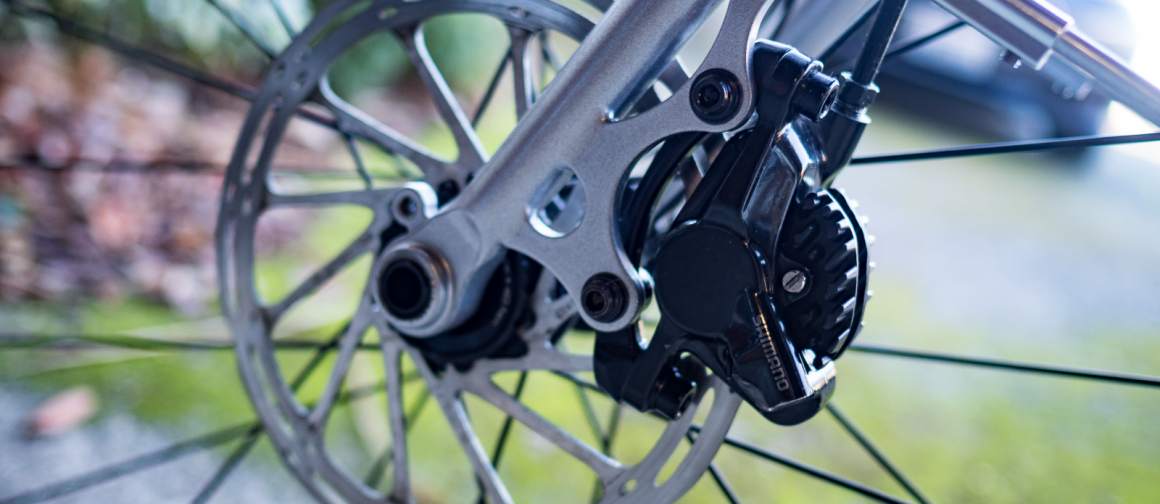The Best Ride: Steel and Ti

I think it was Will, a welder in the old Elliott Bay Bicycles frame shop that said to me once
The best ride is a titanium bike with a steel fork.
If that was him he was right. Someone else, they’re right as well, because it’s totally true.
My analogy is listening to records. There’s just more way more fidelity to a ride on metal than plastic. It’s the road feel and the sensations that took carbon bike makers 20+ years to figure out and quantify with a replicable number.
Read about that topic in a story I wrote for Wired.
If you haven’t ridden a new carbon bike in the past 3 years, you’re missing out on the second best ride, but only at the high end, where a premium is charged for a tuning.
It’s a complicated topic with much engineering going into the layup process but put simply carbon fibers tend to deaden the road sensations v. bring them out. Compared to cars, it’s sort of like how power steering or automatic transmissions took the fun out of the drive and why purists complain about the deadening technologies. Compared to music, the difference is how vinyl sounds livelier compared to the artificial, digital MP3.
A far older school of tuning comes from the materials—steel, titanium—and the craftsperson who’s putting thought into the bike and rider instead of designing for the mass market. The fork on the bike I’m riding now around Seattle and Maui in a couple weeks was just custom built for the Modal, a test jig we developed over 10 years ago.
So it’s got enough rigidity to work with disc brakes but still has some suppleness to not only soak up the bumps but transmit the vibrations from the road surfaces. Off-the-shelf forks, like the ones on performance bikes I demo, are overbuilt to handle a wider range of uses and not break under load.
If forks and how they’re designed interests you, read this post from Mark V.
I’m re-experiencing the ti and steel road feel because Mark just rev’d the Modal to 2.0. I shared that project on Medium today for our subscribers, what you need to know it’s a bicycle test rig that has far exceeded the original design, almost like a NASA spacecraft from the 70s. And, now has been upgraded to thru-axle disc brakes, and is running a 650b wheelset with 38 tires and fenders. It’ll run 700c with a wheel change and will for the faster group rides.
The rear end was respaced for 135 (because it’s metal, carbon would snap) at the DKCB frameshop and the quick release dropouts swapped for thru axle via the modular sliders. Built up with parts bin kit I’ve had from various bikes, the wheels are now interchanged with the brown bike. The fork was custom made of steel because there is no off-the-shelf steel fork like it, and no carbon at all.
Again, that steel and ti feel.
If I see Will again, or someone else from the old shop, I’ll make sure to tell them how right they were. Oh, and this bike flies for free. That’s the other best part about it.